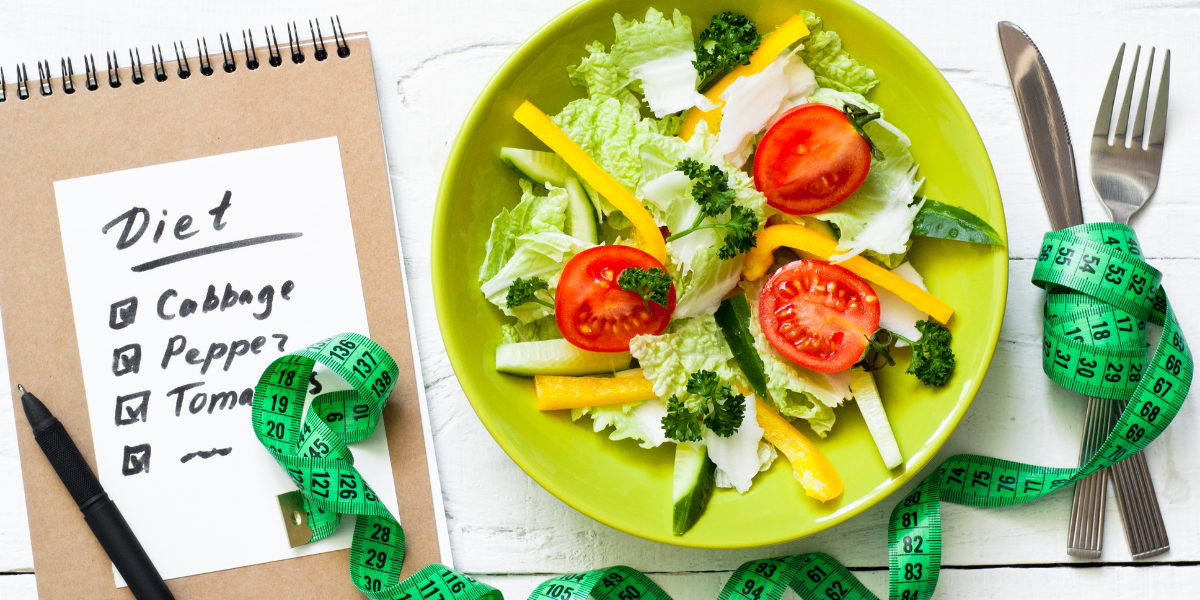I always associate September with WHSmith’s and a new pencil case. I used to love these trips with my Mum. Now I secretly engineer a visit with my children to salivate over the stationery, which I absolutely need obviously. New beginnings and all the freshness they bring, feel great. Just like the ebb and flow of the school calendar, dieting often does the same… Do you notice you have times of the year when you’re more likely to be dieting? Are you a seasonal dieter?
Getting ‘beach body ready’ is often a trigger perhaps followed with slight relief that autumn calls for more layers. There’s often a resurgence around Christmas time. We’re urged to ‘feel great’ in our party clothes and our seasonal dieter mode is switched on.
January of course is the mother of all beginnings – we may also have a new sense of vigour around springtime when warmer weather and lighter evenings give us a boost. And then we’re back round to summer again.
Behavioural scientists have found that markers such as Monday’s or a New Year, allow us to draw a line in the sand and move on from regret more easily. Regret can be thought of as mental accounting, doing the paperwork in our head, to allow us to move on.
In the case of our dieting habits though, the idea of this being associated with constant regret as we come off yet another plan makes me sad. The end of a diet is rarely harmonious – usually, it’s a case of feeling like you’ve ‘fallen off the wagon’.
You could continue to package it up and move on with the help of a new season or a Monday. Or you could explore what it looks like to not constantly feel like you’re in that cycle. You could be designing your own wagon that keeps you safe and nourished for life rather than a seasonal dieter feeling stuck and caught in a trap!
Here are 4 steps to start you off.
Step 1 – give yourself permission to not start a new plan
By all means, use September as an opportunity to take a breath – I certainly will be!
But give yourself permission to not start a new plan. Instead, take this as an opportunity to look at what’s what. Diets often encourage you to shelf the tricky stuff, with promises that they’ve done all the hard work for you. They haven’t. All the underlying stuff will still be there. Sometimes to truly move forward you’ve got to get comfortable with looking at the uncomfortable stuff.
Step 2 – Stop being nasty to yourself
It’s funny how we teach our kids to use kind words. We rush to wrap them in compassion when we see them being hard on themselves. Why is it then, to motivate ourselves to change habits – we reprimand ourselves. Our negative self-talk is so subtle we often don’t realise we’re doing it. Take a pause and listen. What are you saying to yourself every day? Research shows if we cultivate self-compassion, we are more motivated to perform health promoting behaviours more consistently.
Step 3 – Take the focus off your body weight
Dieting, in which you are encouraged to weigh yourselves all the time, puts weight firmly as the focus of success or failure. I have seen thousands of women for whom strict calorie deficits and chronic under fuelling got them a smaller body size. But this has been at the cost of worsening mental health and quality of life and with no guarantee this was sustainable. Of course, you’re allowed to want to change your size or shape but putting that goal at the centre of everything, is often counterproductive.
Repeated dieting has been shown to lower quality of life; constantly tracking stuff leads to obsession and a mixture of physiological and emotional distress including lethargy, anxiety and irritability (Kalm and Semba 2005). Just because we have devices that enable us to track everything, it doesn’t mean we’re better off for doing so. In fact, I would argue that apps have created answers to questions, that weren’t even being asked in the first place! It’s interesting how the newly branded WW now place so much emphasis on tracking other wellbeing parameters to take the focus off weight, but extensive tracking of anything is exhausting, not empowering. My Fitness Pal for example is widely used by individuals with disordered eating and damaged food relationships.
Step 4 – Make when, then plans
Instead of sweeping all the daily obstacles under the carpet and praying you have an easy run of things so you’re more likely to succeed, look at the pressure points in the week. When does it all turn to custard? Set yourself up to win in advance by making a when, then plan. For example, when I leave work ravenously hungry, then I will eat a snack that I’ll take with me in the morning. This will help reduce my fridge foraging when I walk in the door or finishing off the kid’s leftovers. Focusing on specific parts of the week is a great way to form new habits. The ‘buy now button’ culture suggests we get to have it all and it’ll arrive tomorrow by 10pm!
When it comes to behaviour change, the neural pathways in our brain don’t work that way, unfortunately. Accepting the harsh reality of that enables you to start to build your own wagon – and if you design it, it’ll be yours for life.
And finally… if you’ve reached the point where you know dieting is not working for you and you want to break-up with your seasonal dieter habits, but you’re lacking confidence and clarity as to what exactly you do instead then join the waiting list for my Break-Up with Dieting Course starting in September. It may just have your name on it…


Leave A Comment